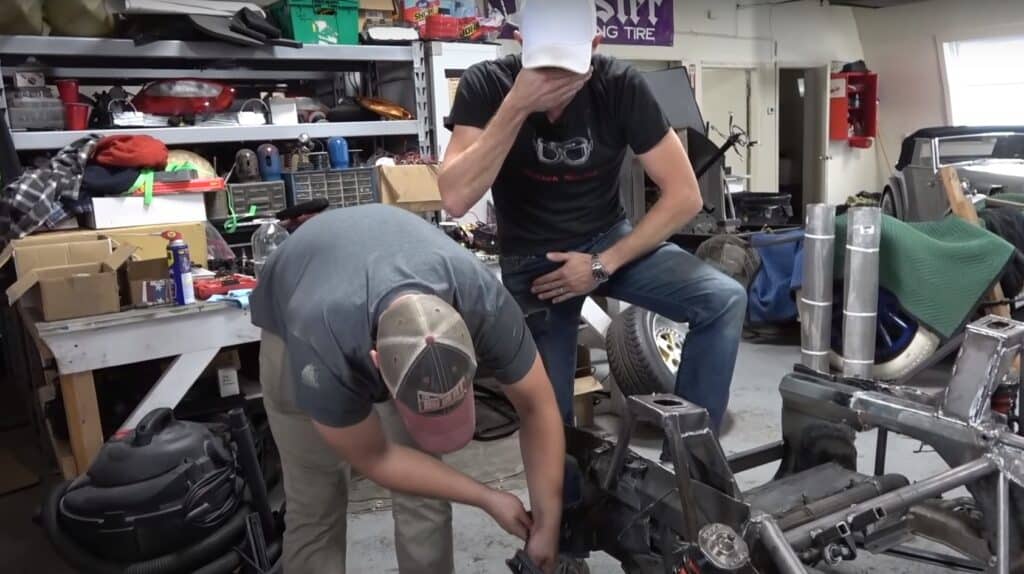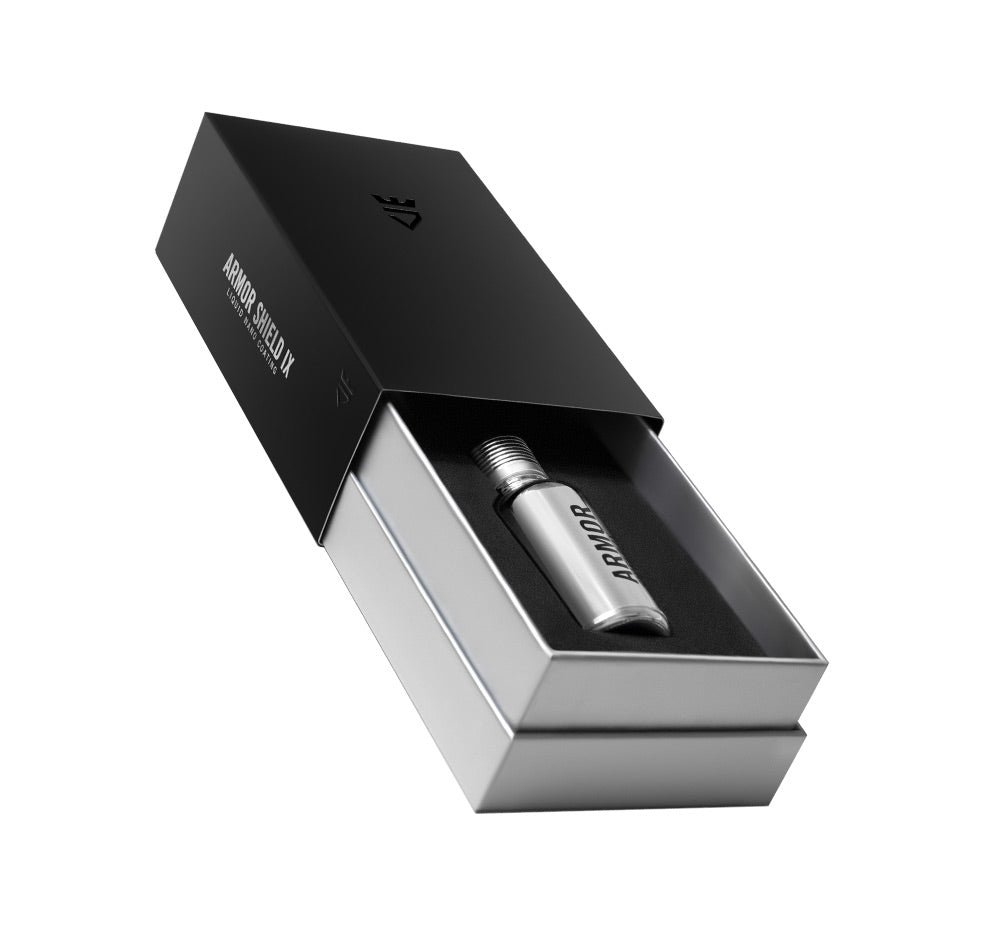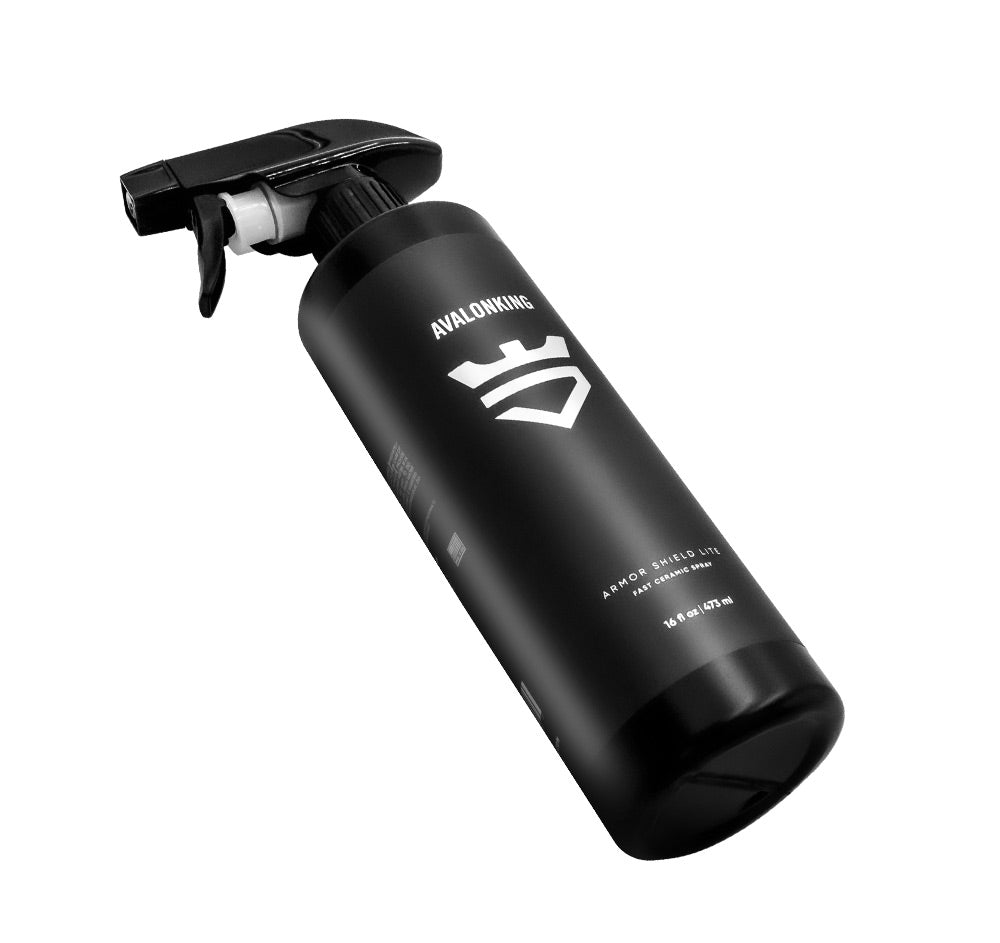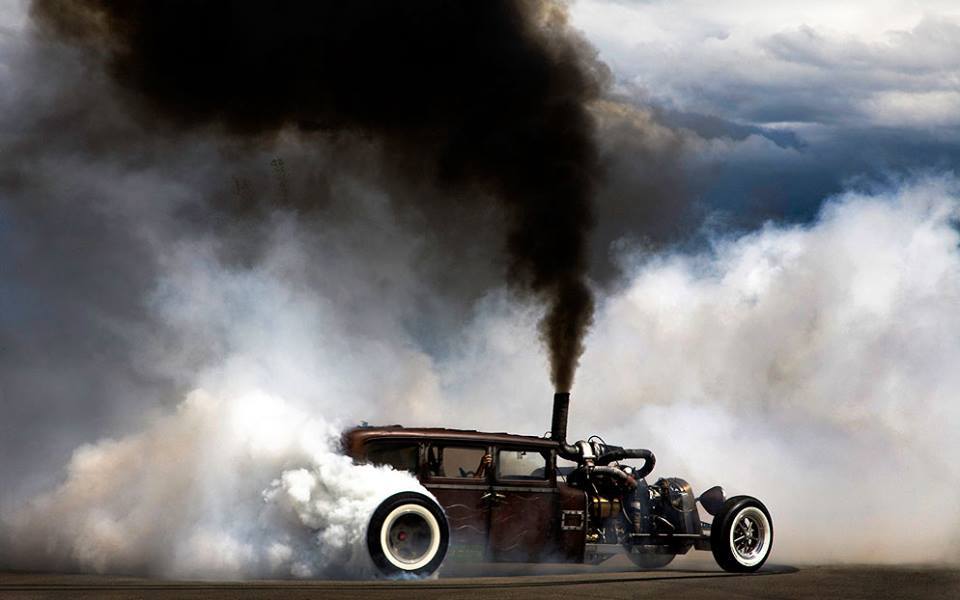Well DIY guys and dolls, it’s time for yet another Project King Zero update. Since we last spoke, some serious progress has been made on the AvalonKing sponsored supercar; all thanks to vintage car builder, evil genius, and social media DIY wild man, Casey Putsch. The engine is in (again), all of the Tilton pedal assembly goodies are up and functioning, the steering rack has been modded to work properly, and the suspension has finally been affixed to the car’s custom shock towers. So hooray! No more limp noodling around the shop.
For those of you who are just now joining us, note that what we’re discussing is way more than just a kit car, or a race car. This is hands down one of the most unique YouTube project car builds you will ever encounter, so get up to speed, and check out our first feature on Project King Zero. Our intro blog post explains the reasoning behind the build, the decision to utilize a BMW V12 engine, required one-off suspension mods, the underlying Porsche chassis, and some background on the eccentric supercar owner and car enthusiast behind it all.

Photo Credit: Casey Putsch/YouTube
“The original prototype was not perfect, or perfectly symmetrical, and it was GORGEOUS.“
-CASEY PUTSCH
In contrast to this first installment, today’s update will be more of a “nuts-and-bolts recap” of what has transpired since we last spoke. Being that Casey Putsch is arguably the most energetic car builder on YouTube, this translates to a shit ton of info, so we’ll do our damndest to make this serving of King Zero insanity as digestible as possible.

Photo Credit: Casey Putsch/YouTube
Project King Zero Core Components Are In, Now What?
Vintage BMW V12 engine installed and mated to the Porsche Boxster’s manual transmission, Putsch turned toward notching-out the transaxle bellhousing so that the stock starter would fit in YouTube installment #14. After that it was on to tinkering with the custom adjustable camber plates and coilovers, which after some “dynamic testing,” reportedly worked quite well.

Photo Credit: Casey Putsch/YouTube
A time-lapse video also showed Putsch and his Project King Zero apprentice, Peyton McAllister, coating every square centimeter of exposed steel to prevent rust from forming. As a former Genius Garage attendee, and the sole assistant on King Zero, McAllister is more than familiar with Putsch’s eccentric ways and wanton disregard for cultural norms. Despite butting heads with his mentor on occasion, the young man remains quite pleased with how Project King Zero is coming along, as well as with the direction his mentor has offered time and time again.

Photo Credit: Casey Putsch/YouTube
New Shop Tools and Massive Sketch Pads
In order for Project King Zero to be up and running by the end of 2020, some new shop tools needed to be procured. Being that this supercar will be built by hand the old fashioned way on a shoestring budget, with little to no help from the outside world, expediting the build process required some choice product selections. One of these additions happens to be a brand new Miller Electric Multimatic 220 AC/DC welding apparatus of unrivaled awesomeness, which now allows the boys to TIG and MIG weld to their heart’s content.
This much needed welding upgrade was accompanied by the unboxing of a brand-new Woodward Fab metal roller, which will make body panels uniform in appearance, and transitions smooth in nature. Having a metal roller will also allow Casey Putsch’s Genius Garage mentoring program attendees to build their own car bodies from scratch at a rapid rate, old school fabrication opportunities that aren’t typically offered in the classroom.
“I don’t want to build an absurd amount of horsepower… just make a really cool ride that’s fast, a bit scary, but nicely civilized…”
-CASEY PUTSCH

Photo Credit: Casey Putsch/YouTube
Casey also created his own “point-finder” so that exact measurements of areas coming outward from the centerline of the vehicle could be accurately measured. This apparatus was accompanied by a massive rolling presentation board, which Putsch used to mount all of his freshly sketched King Zero blueprints.
One interesting side note, is that Casey Putsch is still toying with the idea of outfitting Project King Zero with cupholders and a “Q-36 Immodium Space Modulator.” You know, just in case Marvin the Martian takes the supercar for a spin and gets thirsty in the process.

Photo Credit: Casey Putsch/YouTube
Rough Sketches, Fresh Welds, Skeletons, and One Awful Ex-Girlfriend
That hulking rolling presentation board really came in handy too. While looking at sketches of the original concept car, Putsch discovered that there were quite a few deviations between artist renderings of the prototype, which forced him to re-draw his own “to-scale blueprints.” This not only helped identify some previously overlooked discrepancies within Putsch’s “drawn-to-scale representation” of the final product, but it also allowed the boys to grid-pattern all of the blueprints as full size body panels.
Toiling away on this tedious, yet mandatory task, Putsch came to a startling revelation. While his old Lamborghini Countach had been a real attention-grabber, it was kind of like being in a relationship with a “bad ex-girlfriend.” She may have been sexy, but that Italian bitch was really unreliable, and expensive as all hell to hold onto. This in turn led Putsch to another realization: Project King Zero was going to treat him way better than his Countach ever did, and he was going to make sure his old flame knew it too.
“I get to build exactly what I wanted my Countach to be in my dreams… and make it even better.”
-CASEY PUTSCH
Recent videos show Putsch setting-up his tripod at Genius Garage, and welding late into the night. Despite the low production value of these YouTube installments (don’t feed the trolls ya’ll), the knowledge dropped during these session was both seriously nerdy, and incredibly informative.
-

-

-

-

To quote Putsch: “There needs to be some side impact sorta things going on here…” Photo Credit: Casey Putsch/YouTube
With a wire buck structure now in place, Putsch has a 3-dimensional blueprint of what the body will look like, thus illuminating the home stretch. Constructed from ¼-inch cold-rolled steel, this tubular skeletal outline can be bent by hand, or sent through the aforementioned roller for subtle curves and smooth transitions between body panels.

Photo Credit: Casey Putsch/YouTube
One design cue that has proven to be a real challenge though, is King Zero’s fenders. Putsch has zero qualms with moulding this vehicle so that it is more of a modern homage to the original than a complete replica. That said, he does still want much of the body to follow the original lines of Marcello Gandini’s Stratos Zero prototype. So in order to adhere to this curvature, and all of its period-correct, late 1960s Italian design cues, King Zero’s wheels have to be deeply ensconced within each wheel well. While all of the “stance trolls” are likely going to shit the bed when they see this, Putsch says that this inset is mandatory, as it will both negate fender rub and allow ample wheel articulation.

Photo Credit: Casey Putsch/YouTube
Track Packs, Aerodynamics, and the Shape of What is to Come
If the original Stratos Zero was an Italian designer’s wet dream, King Zero is its hardcore German late night skin flick alternative. The reason we say this, is because for all of its undeniable sex appeal, the original Stratos Zero concept didn’t have the balls to perform under pressure. It may have looked sleeker than a minx, but the original Zero’s aerodynamics were atrocious when it came to reducing high speed lift, and its V4 powertrain had all of the virility of a wet noodle. Oh, and as for cornering, let’s just say its techniques left a lot to the imagination…
Putsch plans to do away with all of these issues, and make his Project King Zero supercar a machine that can perform under any situation. Stability at high speed will be supplied via downforce generated by a front headlight bar that doubles as a splitter, which in turn, will channel ambient air into the centrally-mounted radiator, before being funneled out the rear.
And although the original design utilized a series of triangular openings to shovel air toward the rear-mounted cooling system, Putsch claims that this design was absolutely “…abominable for high-speed aerodynamics.” However, this triangulated rear section also played a key role in the overall appeal of the first prototype, and with Putsch looking to retain as much of the original design as possible, the reimagining of this rear portion of the supercar had to be realized.

Photo Credit: Casey Putsch/YouTube
In order to do so, Putsch explains that he will take these triangular rear vents, and invert them outward. This would turn them into a rear facing, downward sloping low-pressure vent system, therefore making them an ideal cooling solution for when the removal of heat from the engine compartment is most needed.
“I’ve come up with a technique to do all of this malarkey myself.”
-CASEY PUTSCH
All of this is being done in order to make Project King Zero both a fully functional street machine, and an absolute animal on track. While the one-off adjustable coilover suspension setup from Coilover Depot will allow the supercar to travel at a safe ride height around town, it’s the other side of the fully-adjustable coin that we’re excited about.

Photo Credit: Casey Putsch/YouTube
As previously mentioned, Putsch plans on creating King Zero a fully functional, easily removable track package. While the final kit design has yet to be finalized, for the moment it’s looking like it will feature a carbon fiber splitter out front, which will extend just past the headlight bar. This splitter will double as a mounting point for an air scoop ducting setup, which will in turn feed fresh ozone to the front brakes, all of which Putsch plans on making easily removable via four bolts.
There’s also talk of repurposing an old LeMans aluminum racing wing that just so happened to be laying around the shop. With some one-off wing fences installed, downforce will no longer be a concern out back, and like the front splitter, the entire assembly will be removable in minutes for easy street driving.
The most recent update in the King Zero YouTube series, includes some candid info pertaining to Casey Putsch’s younger years, his trials and tribulations while in school, and Marcello Gandini’s influence on his life. It also includes details on a forthcoming paint scheme design contest, as well as a 3D design option for viewers. While full details on this competition have yet to be announced, learning that the aesthetics will feature a crowdsourced approach is an intriguing twist to say the least.
“With the wire-form that’s on here, I can see the car, I can feel it. I know how it’s taking shape.”
-CASEY PUTSCH
Spiraling back to the topic of the supercar build itself, there are a few closing notables worth mentioning, starting with Putsch’s plan to make the vehicle “old school and dirty, with a big wing and a flat bottom.” Putsch and Peyton also still have yet to fabricate body panels (both inner and outer), design windows and mirrors, or get the interior sorted. Oh, and let’s not forget all of the required plumbing and wiring that still needs to be completed.
All of this body work will surely create problems. For as body panels and safety bars are installed, everything is going to become more difficult to access. Hell, even now, the wire buck cage has created some serious access issues, which leads us to the discussion of one final intriguing modification.
We’ve all heard the same dickhead supercar designer line for decades: “If you can afford a supercar, you can afford the cost of dropping the entire subframe every time a belt needs changing.” Putsch despises this philosophy, ergo he will be making a large portion of King Zero’s rear panels removable, you know, just in case he ever needs to check the spark plugs or add oil. There’s also talk of adding two horizontally mounted radiators on each side instead of one centrally located unit, which would offer greater air induction options and save space.
Hypothetical ponderings aside, the Project King Zero looks to be on schedule for its debut later this year, with more evolutionary stages to follow thereafter. Being that Putsch has never turbocharged a vehicle in his life, he feels like he might as well go all-in, and start with quad turbos on a massive V12 engine. So stay tuned, because we get the feeling that this build is about to get really wild!

Photo Credit: Casey Putsch/YouTube













1 comment
Paul
Hey Casey, incredible job you have done. Next to my student dormitory in Switzerland, there is once a year the Geneva car show, such an event for me in 1966 (16). I discover each year the Muria, Carabo, Marzal, Runabout, Stratos (I decide to buy Lancia cars only) Espada, Countach etc … I was studying engineering to pay tuition, I start a small garage (2 cars) where I was taking care of VW beetles only, then at the end of my study I create a fiber mold for buggies and I became to sell them to resolve the shortening, the front body was sliding in the rear like a drawer fixed by popup rivets and bolted on chassis pan. With another guy we do a body that fit VW chassis, retaining the look of Lotus super 7, we were more successful in this country. I used to design car on restaurant napkin to decompress, in Italy this was collecting a crowd every time. The problem you have I think is the excellent talent of the car toolers that Bertone used to know in Turino, he had always a problem with iron huge press and is aim was to hike time in weekend ending months on such expensive machines. Supercars associated with prototypes propulsed Bertone and Giandini to the big companies. Giugaro Ital design was the originator of the Golf with its straight line design, a so great success. I used to have friends, the father was rich enough to own Muria’s, Espada’s. I sell my garage and buggy business and I bought a Ferrary 250 GT, I smell the taste to be high class, but rapidly I sold it twice the price, for me this V-12 prototype concept does not go in affordable style direction, as the Runabout can be. You have to start a fund-raising campaign and manage your project dedicated to a small team, on hours left by your core business, another option to engage rich buyers to orders, but organize some production tool. I know what is to drop a project, when you are so engaged, but tooling Iron it’s another domain. Life does not stop here, your ideas deserved the better, why not a partnership with comma company of George Hotz, the guy who challenged Elon Munsk, in self-driving cars AutoPilot, your project will be a super support for his products. I keep following you …
Hey Casey, incredible job you have done. Next to my student dormitory in Switzerland, there is once a year the Geneva car show, such an event for me in 1966 (16). I discover each year the Muria, Carabo, Marzal, Runabout, Stratos (I decide to buy Lancia cars only) Espada, Countach etc … I was studying engineering to pay tuition, I start a small garage (2 cars) where I was taking care of VW beetles only, then at the end of my study I create a fiber mold for buggies and I became to sell them to resolve the shortening, the front body was sliding in the rear like a drawer fixed by popup rivets and bolted on chassis pan. With another guy we do a body that fit VW chassis, retaining the look of Lotus super 7, we were more successful in this country. I used to design car on restaurant napkin to decompress, in Italy this was collecting a crowd every time. The problem you have I think is the excellent talent of the car toolers that Bertone used to know in Turino, he had always a problem with iron huge press and is aim was to hike time in weekend ending months on such expensive machines. Supercars associated with prototypes propulsed Bertone and Giandini to the big companies. Giugaro Ital design was the originator of the Golf with its straight line design, a so great success. I used to have friends, the father was rich enough to own Muria’s, Espada’s. I sell my garage and buggy business and I bought a Ferrary 250 GT, I smell the taste to be high class, but rapidly I sold it twice the price, for me this V-12 prototype concept does not go in affordable style direction, as the Runabout can be. You have to start a fund-raising campaign and manage your project dedicated to a small team, on hours left by your core business, another option to engage rich buyers to orders, but organize some production tool. I know what is to drop a project, when you are so engaged, but tooling Iron it’s another domain. Life does not stop here, your ideas deserved the better, why not a partnership with comma company of George Hotz, the guy who challenged Elon Munsk, in self-driving cars AutoPilot, your project will be a super support for his products. I keep following you …